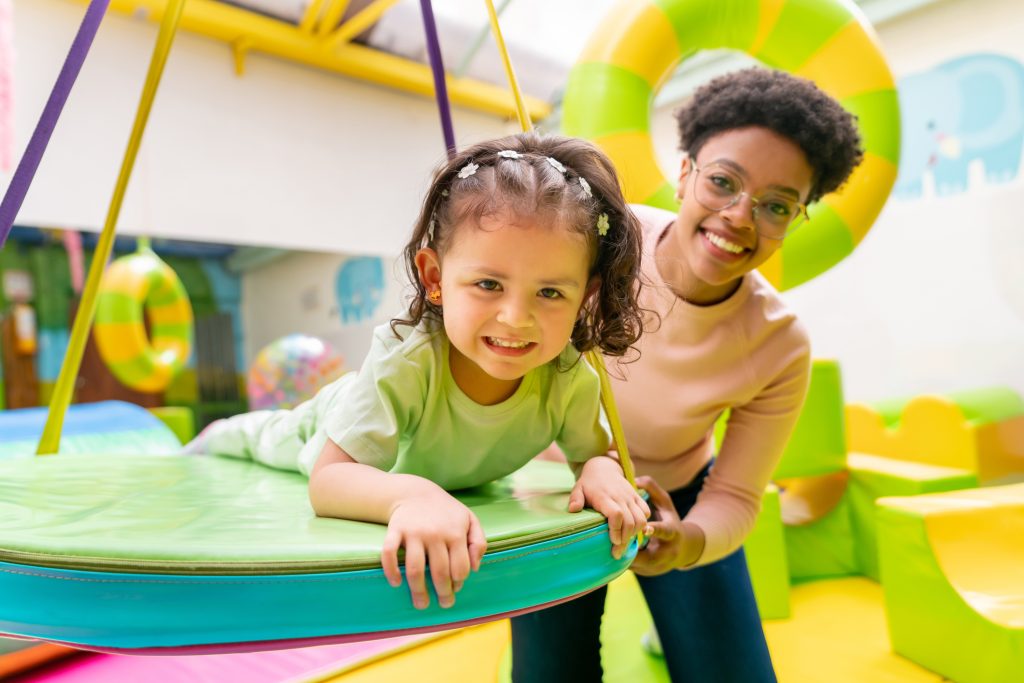Physical therapy is often associated with adults, and it certainly helps plenty of adults recover from injuries and increase their mobility for enhanced independence. But physical therapy can be beneficial for children, too, helping them in the same way it helps grown-ups.
Our pediatric specialists help children to overcome physical challenges associated with injuries and developmental delays through treatments in our pediatric clinics. We teach tried-and-true techniques to help kids to learn crucial motor skills, increase their mobility, and improve their overall quality of life.
Conditions we treat
In the same way that conditions like arthritis and osteoporosis primarily affect older adults, there are certain musculoskeletal conditions that primarily affect children. Physical therapy can help children to manage the pain symptoms associated with these conditions so they can live more comfortably. Here are some other common conditions that we help children to manage or recover from:
- Pediatric musculoskeletal conditions — Legg-Calve-Perthes disease, Osgood-Schlatter disease, etc.
- Injuries and trauma — Sprains, ruptures, tears, herniation, etc.
- Bone disorders — Scoliosis, flat feet, bone tumors, etc.
- Joint disorders — Various types of arthritis, stenosis, etc.
- Muscular disorders — Muscular dystrophy, juvenile polymyositis, etc.
We help children to manage any condition that causes chronic pain or inhibits them from meeting crucial childhood milestones, such as crawling, walking, or gripping. In cases where a child is not diagnosed with a specific condition but struggling to meet particular milestones, our physical therapists can help them develop the strength necessary to achieve those milestones.
What to expect during pediatric physical therapy
Children learn through playing, which is why our pediatric physical therapy programs are largely based on play. In their sessions, they’ll participate in activities designed to facilitate certain movements and exercise specific muscles. The specific moves and targeted muscles vary based on the child’s particular condition.
One child’s treatment may focus on developing specific motor skills or rebuilding strength in an injured muscle, while another child’s treatment might focus on getting them to be more active in general. It all depends on why they’re undergoing physical therapy in the first place.
To determine the necessary course of treatment, your child’s physical therapist will first evaluate their strength, posture, flexibility, and range of motion. From there, they can determine your child’s physical impairments and devise a treatment plan. Treatment may include any number of activities:
- Strength training involving games, toys, etc.
- Crawling or walking activities
- Playing on playground equipment (slides, swings, seesaws, etc.)
- Obstacle courses involving running, jumping, and climbing
- Balance and coordination activities
- Aquatic therapy performed in a shallow pool of water
These activities are designed to help your child grow stronger and more confident. Ultimately, our goal is to help them live a more independent life.

